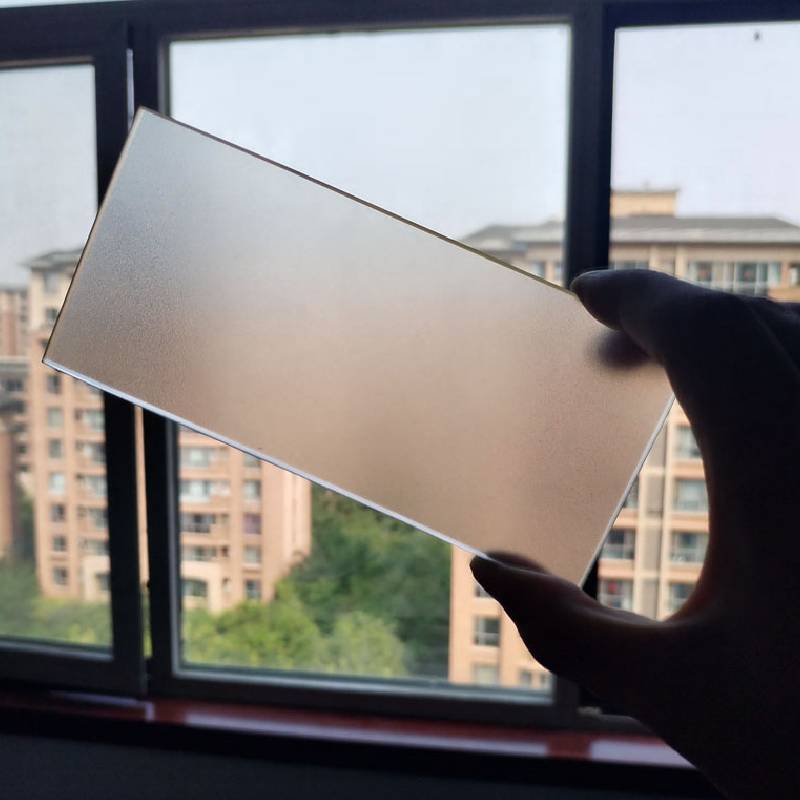Understanding Window Acid Etching A Blend of Art and Technique
Window acid etching is a captivating process that merges art with science, allowing artists and designers to create intricate and beautiful patterns on glass surfaces. This technique has been used for centuries, but it has gained renewed popularity in recent years due to its versatility and the unique visual appeal it offers.
At its core, acid etching involves the application of acid to a glass surface to create a frosted effect or intricate designs. The process starts with the careful selection of the glass type, as varying compositions can yield different results. Typically, artists use window glass, which is ideal for residential and commercial applications due to its clarity and durability.
The first step in the etching process is to prepare the glass surface. This involves cleaning the glass to remove any dust or oils that may interfere with the etching process. Once the surface is clean, a design is either drawn freehand or transferred onto the glass using adhesive stencils. These stencils protect specific areas of the glass while exposing others to the acid.
The choice of acid is crucial. Hydrofluoric acid is commonly used for its effectiveness in etching glass. However, because of its corrosive properties, handling this acid requires strict safety precautions, including gloves, goggles, and ventilation. The acid acts on the exposed areas of the glass, creating a rough surface that scatters light, resulting in a frosted appearance.
window acid etching
The duration of the etching process can vary depending on the desired depth and complexity of the design. Typically, leaving the acid on the glass for a few minutes will produce a subtle etch, while longer exposure can lead to deeper carvings. Once the desired effect is achieved, the acid is neutralized using a solution, and the glass is thoroughly rinsed to remove any remaining acid residue.
One of the most appealing aspects of window acid etching is its ability to create stunning visual effects that can transform ordinary glass into a work of art
. From simple geometric patterns to intricate floral designs, the possibilities are endless. This versatility has made acid-etched glass a popular choice for various applications, including decorative windows, shower doors, room dividers, and even custom glassware.
In addition to its aesthetic appeal, acid-etched glass also offers practical benefits. The frosted texture provides privacy without sacrificing natural light, making it ideal for bathrooms and office spaces. Furthermore, the etching process improves the glass's surface hardness, making it more resistant to scratches and wear.
As technology evolves, so do the techniques of window acid etching. Digital tools and laser engraving technologies are now being incorporated into traditional methods, allowing for even more precise designs and faster production times. However, the charm of handmade etching remains appealing to many artists, who appreciate the craftsmanship involved in the process.
In conclusion, window acid etching is a fascinating intersection of creativity and technique. It allows artists to express their visions in a medium that is as functional as it is beautiful. Whether for practical applications or artistic endeavors, the allure of etched glass continues to captivate those who appreciate the delicate balance between art and science. As techniques evolve and become more accessible, we can anticipate even more innovative designs that will further enrich the world of glass artistry.
 Afrikaans
Afrikaans  Albanian
Albanian  Amharic
Amharic  Arabic
Arabic  Armenian
Armenian  Azerbaijani
Azerbaijani  Basque
Basque  Belarusian
Belarusian  Bengali
Bengali  Bosnian
Bosnian  Bulgarian
Bulgarian  Catalan
Catalan  Cebuano
Cebuano  Corsican
Corsican  Croatian
Croatian  Czech
Czech  Danish
Danish  Dutch
Dutch  English
English  Esperanto
Esperanto  Estonian
Estonian  Finnish
Finnish  French
French  Frisian
Frisian  Galician
Galician  Georgian
Georgian  German
German  Greek
Greek  Gujarati
Gujarati  Haitian Creole
Haitian Creole  hausa
hausa  hawaiian
hawaiian  Hebrew
Hebrew  Hindi
Hindi  Miao
Miao  Hungarian
Hungarian  Icelandic
Icelandic  igbo
igbo  Indonesian
Indonesian  irish
irish  Italian
Italian  Japanese
Japanese  Javanese
Javanese  Kannada
Kannada  kazakh
kazakh  Khmer
Khmer  Rwandese
Rwandese  Korean
Korean  Kurdish
Kurdish  Kyrgyz
Kyrgyz  Lao
Lao  Latin
Latin  Latvian
Latvian  Lithuanian
Lithuanian  Luxembourgish
Luxembourgish  Macedonian
Macedonian  Malgashi
Malgashi  Malay
Malay  Malayalam
Malayalam  Maltese
Maltese  Maori
Maori  Marathi
Marathi  Mongolian
Mongolian  Myanmar
Myanmar  Nepali
Nepali  Norwegian
Norwegian  Norwegian
Norwegian  Occitan
Occitan  Pashto
Pashto  Persian
Persian  Polish
Polish  Portuguese
Portuguese  Punjabi
Punjabi  Romanian
Romanian  Russian
Russian  Samoan
Samoan  Scottish Gaelic
Scottish Gaelic  Serbian
Serbian  Sesotho
Sesotho  Shona
Shona  Sindhi
Sindhi  Sinhala
Sinhala  Slovak
Slovak  Slovenian
Slovenian  Somali
Somali  Spanish
Spanish  Sundanese
Sundanese  Swahili
Swahili  Swedish
Swedish  Tagalog
Tagalog  Tajik
Tajik  Tamil
Tamil  Tatar
Tatar  Telugu
Telugu  Thai
Thai  Turkish
Turkish  Turkmen
Turkmen  Ukrainian
Ukrainian  Urdu
Urdu  Uighur
Uighur  Uzbek
Uzbek  Vietnamese
Vietnamese  Welsh
Welsh  Bantu
Bantu  Yiddish
Yiddish  Yoruba
Yoruba  Zulu
Zulu 

